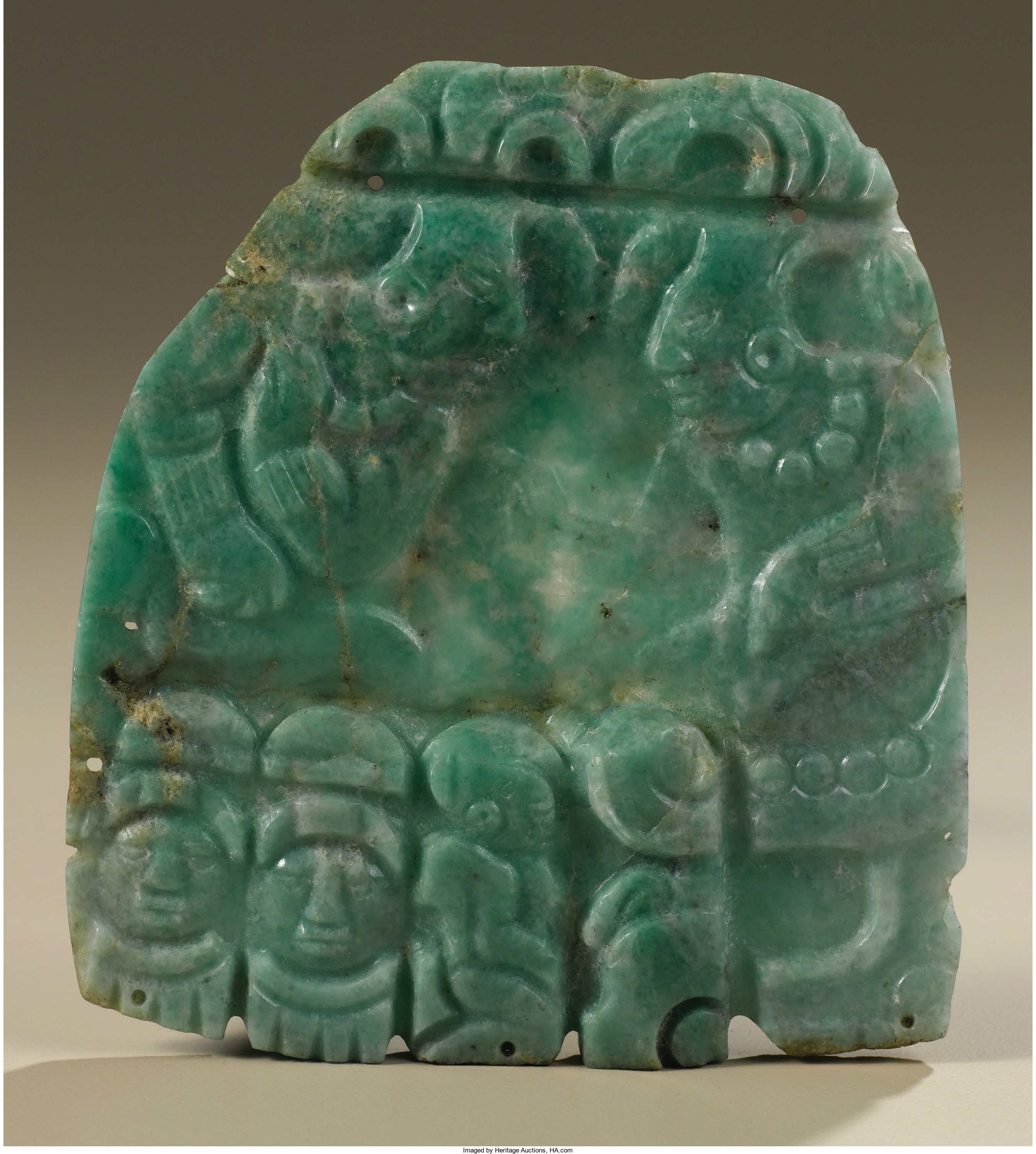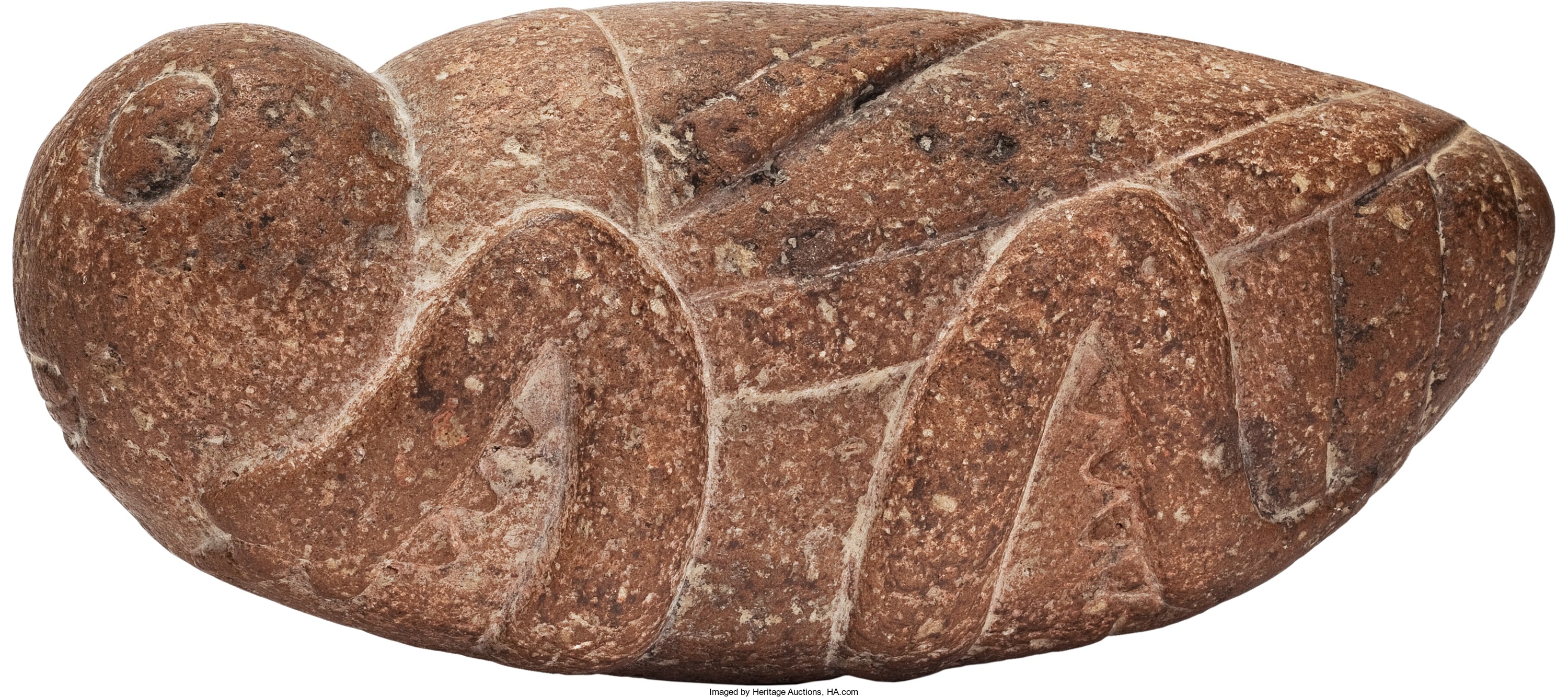
By Jim O’Neal
I recently used the term “Mesoamerica” and someone asked me to define it a bit more.
Basically, it is a non-specific, geographical area that academics use for parts of pre-Columbian Mexico, Central America and an extension into South America. The indigenous peoples of these lands have a reputation for being the greatest cultivators in history, with amazing horticultural innovations, especially corn (maize).
The interesting thing about corn is that we still do not know exactly how they did it. Modern strains of barley, wheat or rice resemble their ancient counterparts, but corn is completely different. Beyond the basic level of chromosomes, there is no genetic kinship.
Even a worldwide conference in 1969 at the University of Illinois on the origin of corn ended up in a scientific brawl and debates are still commonplace. However they did it, Mesoamericans ended up with the first fully bioengineered plant.
Even today, corn is more relevant than most people know. Corn and its derivatives like cornstarch and high fructose corn syrup go into ice cream, embalming fluid, soap, deodorants, peanut butter, automobile paint and (literally) several hundred more food products.
In Michael Pollan’s book The Omnivore’s Dilemma: A Natural History of Four Meals, he claims the roles have been reversed and we have become domesticated by it. That definitely includes me … given my earlier association with Fritos and Doritos!
Having secured their food supply, Mesoamericans then invented their own writing, astronomy and mathematics … including the use of zero … probably the first in recorded history.
Hope this adds a little clarity.
 Intelligent Collector blogger JIM O’NEAL is an avid collector and history buff. He is president and CEO of Frito-Lay International [retired] and earlier served as chairman and CEO of PepsiCo Restaurants International [KFC Pizza Hut and Taco Bell].
Intelligent Collector blogger JIM O’NEAL is an avid collector and history buff. He is president and CEO of Frito-Lay International [retired] and earlier served as chairman and CEO of PepsiCo Restaurants International [KFC Pizza Hut and Taco Bell].

